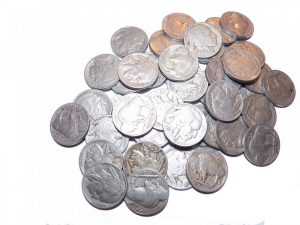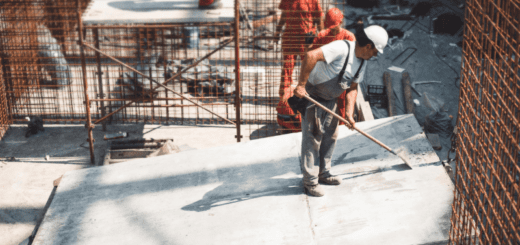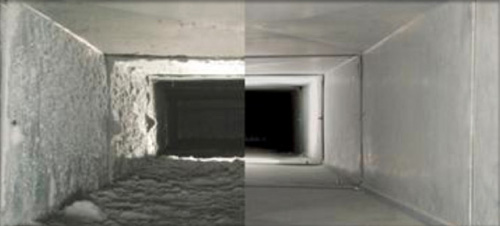5 Important Items to Put on Your Home Inventory Checklist
 Making the monthly homeowners or renters insurance payment every month can be annoying, but when a natural disaster occurs, you will be thanking yourself. Many policies offer full coverage in the event of a loss; however, less than 10% of renters and homeowners document these valuable belongings.
Making the monthly homeowners or renters insurance payment every month can be annoying, but when a natural disaster occurs, you will be thanking yourself. Many policies offer full coverage in the event of a loss; however, less than 10% of renters and homeowners document these valuable belongings.
As a result, insurance agents may provide a lower reimbursement amount due to the inability to prove each item’s pre-loss condition. With various items of high monetary value, these numbers will stack up and you may be left struggling to replace them.
Most Important Items to Put on Home Inventory
While some items are easy to replace, such as dishes, clothes, and bedding, others are not. But other items that have high monetary value will prove to be much more difficult to replace, especially if it’s pre-loss condition was already halfway through it’s lifespan. Make sure to document all of the following items, dating the year they were purchased, taking pictures, and noting their features to get the most out of your reimbursement dollars.
1. Appliances and Electronics
Due to their relation to electricity and water, both appliances and electronic devices are often the cause of fire and water damage. Make sure to take pictures or videos of each item, documenting everything for your records.
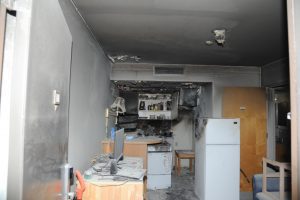
- Microwave
- Refrigerator
- HVAC equipment
- Dishwasher
- Game systems
- Cameras
- Streaming devices
- Oven/Stove
- Toaster
- Water heater
- Power tools
- Tablets and e-readers
- Laptops and computers
- Dryer/Washing Machine
- Lawn equipment
2. Furnishings
While these items are more easily replaced, you still use them everyday, both for sitting and storage purposes. But if you totaly our entire household’s furniture, you may be surprised at the replacement costs and amount of loss if not including these items on the home inventory checklist.
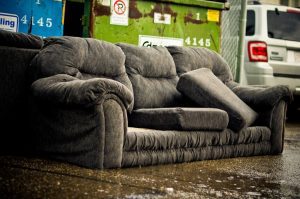
- Desks
- Couches/loveseats
- Hutch
- Buffet
- Dressing table
- Tables
- Chairs
- Beds
- Shelving
- Storage furniture
- Cabinets and items inside
- Dressers and wardrobes
- Bookcases
3. Jewelry
While some homeowners and renters’ insurance policies will cover jewelry, others will not, and others will cover up to a certain limit. Review the details on your policy to make sure. But regardless of the coverage, it’s best to document them and update your records annually.
- Watches
- Necklaces
- Bracelets
- Broaches and pendants
- Furs
- Rings (don’t forget the engagement and wedding rings!)
4. Collectables
The term “collectables” is broad and can cover a wide range of items. But make sure that all are documented, down to the last baseball card. It would actually be best to get them appraised at a reputable antique store or pawn shop on a frequent basis as their value will go up over time.
- Instruments
- Stamps
- Crystals
- Coins
- Artwork
- Antiques
- Family Heirlooms
- Cards (baseball, basketball, Pokémon, Magic, etc.)
5. Weapons
Most insurance policies do cover the loss of firearms, everything from pistols to rifles. Make sure to keep them clean and then take pictures and videos to be fully compensated if the unexpected were to occur.
- Pistols
- Rifles
- Carbines
- Shotguns
- Fire lances
- Personal defense weapons
- Machine guns
- Etc.
Additional Coverage: Restoration Services
While insurance policies can be life-saving in the event of a natural disaster, they only provide the cash needed to replace or restore your building materials and belongings. It will be up to you as the property owner or renter to do the shopping and replace each item. But what if you had them restored to their original conditions instead? With RestorationMaster’s restorationRestoration is the process of returning a property to its pr... More services, their technicians can restore each item and building material to its original condition in a timely manner.
Whether you have suffered through water or fire damage, you can rely on RestorationMaster to arrive within 2 hours of your first call to restore, repairRepair is the act of fixing or restoring damaged property, m... More, and replace both your damaged contents and building materials to their original conditions. With water damage restorationWater damage restoration is the professional process of clea... More, they will carefully extract excess water while installing professional equipment to dry out the remainder of the materials. With fire damage restorationFire damage restoration is the process of repairing and rest... More, they use commercial products to remove oily smoke and sootSoot is fine black particles composed of carbon and other ma... More residues from all affected surfaces.
Finally, using restorationRestoration is the process of returning a property to its pr... More services instead of replacing these items is not only more cost-effective, but will save time and effort when working with the insurance company and shopping to replace each item.










